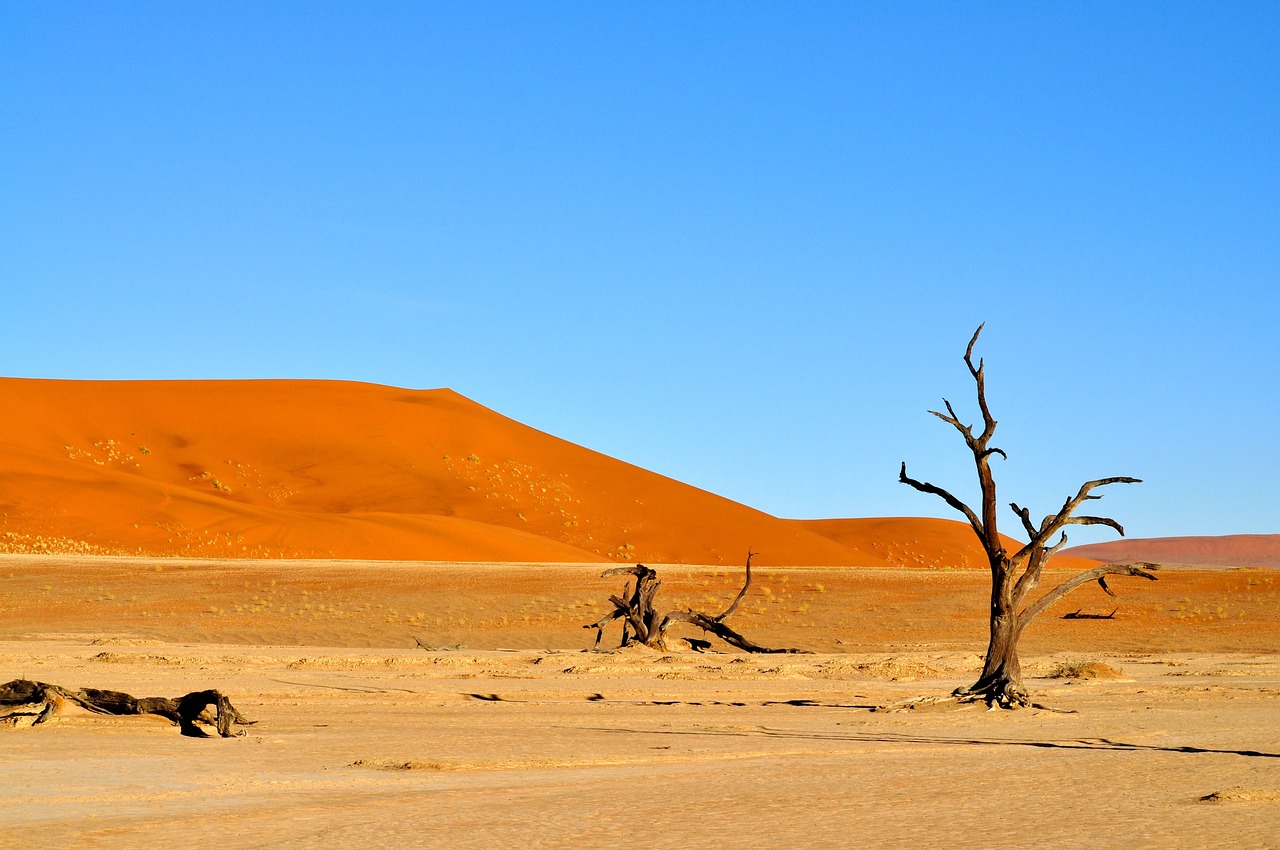The High Price of Desertification: 23 Hectares of Land a Minute
Author: Busani Bafana | Published: June 15, 2017
Urban farmer Margaret Gauti Mpofu would do anything to protect the productivity of her land. Healthy soil means she is assured of harvest and enough food and income to look after her family.
Each morning, Mpofu, 54, treks to her 5,000-square-metre plot in Hyde Park, about 20 km west of the city of Bulawayo. With a 20-litre plastic bucket filled with cow manure in hand, Mpofu expertly scoops the compost and sprinkles a handful besides thriving leaf vegetables and onions planted in rows across the length of the field, which is irrigated with treated waste water.
“I should not be doing this,” Mpofu tells IPS pointing to furrows on her field left by floodwater running down the slope during irrigation. “The soil is losing fertility each time we irrigate because the water flows fast, taking valuable topsoil with it. I have to constantly add manure to improve fertility in the soil and this also improves my yields.”
Mpofu’s act of feeding the land is minuscule in fighting the big problem of land degradation. But replicated by many farmers on a large scale, it can restore the productivity of arable land, today threatened by desertification and degradation.
While desertification does include the encroachment of sand dunes on productive land, unsustainable farming practices such as slash and burn methods in land clearing, incorrect irrigation, water erosion, overgrazing – which removes grass cover and erodes topsoil – as well as climate change are also major contributors to desertification.
Desertification is on the march. Many people are going hungry because degraded lands affects agriculture, a key source of livelihood and food in much of Africa. More than 2.6 billion people live off agriculture in the world. More than half of agricultural land is affected by soil degradation, according to the United Nations Convention to Combat Desertification (UNCCD).
It gets worse. The UN body says 12 million hectares of arable land, enough to grow 20 tonnes of grain, are lost to drought and desertification annually, while 1.5 billion people are affected in over 100 countries. Halting land degradation has become an urgent global imperative.
The UN Food and Agriculture Organization (FAO) estimates that by 2030 Africa will lose two-thirds of its arable land if the march of desertification — the spread of arid, desert-like areas of land — is not stopped.

